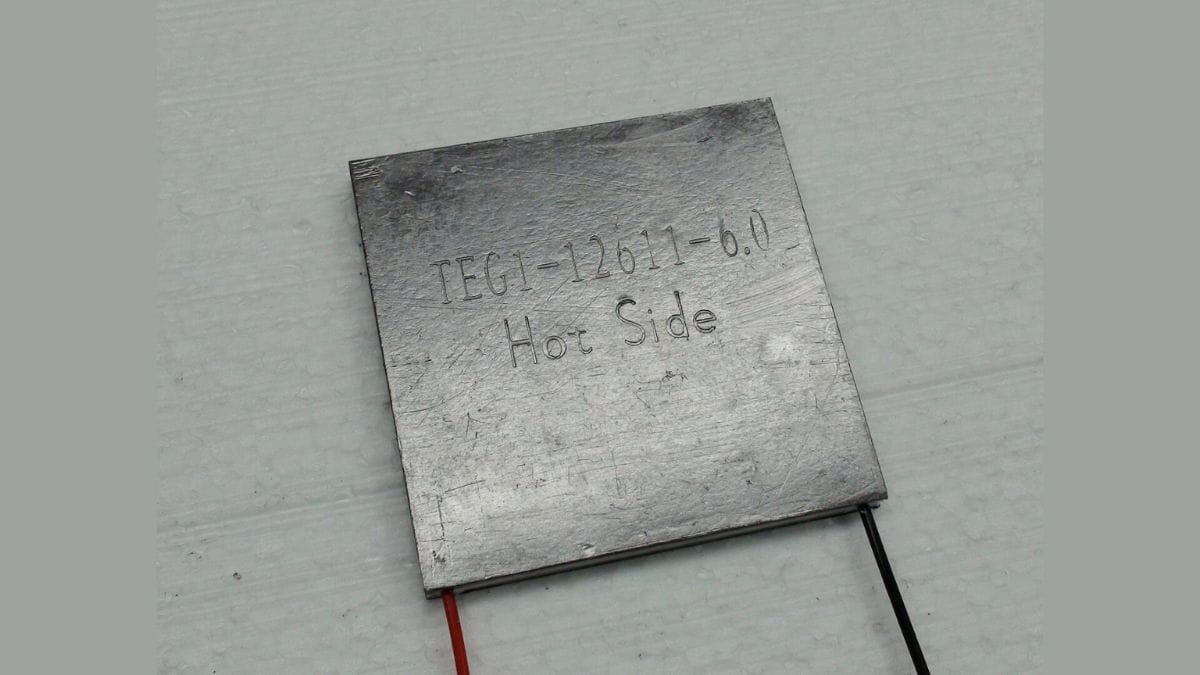

In a recent paper published online, researchers have reported the transverse Thomson effect’s first experimental observation. It is a key thermoelectric phenomenon that has made scientists avoid it since it was predicted almost a century ago. Physicists have observed thermoelectric effects to understand the connection between heat and electricity on the basis of the Peltier, Seebeck and Thomson effects studied during the 1800s. The Thomson effect includes heating or cooling during the flow of electric current and a temperature gradient towards the same direction through a conductor.
How Scientists Isolated the Elusive Transverse Thomson Effect
As per phys org, Scientists found the transverse version of the effect that exists when the electric current, magnetic field and temperature gradient interact. A team led by Atsushi Takahagi experimentally demonstrated the higher order effect of thermoelectricity. The researchers isolated the signals by applying extracted temperature modulations that oscillates at the same frequency and applying periodic electric currents. Through two sets of measurements, the team successfully isolated the Thomson effect from overlapping signals.
The Role of Bismuth Antimony Alloy in Demonstrating the Effect
For their experiments, the team picked a bismuth antimony alloy, which shows a strong Nernst effect at room temperature. This effect occurs when the temperature gradient and magnetic field are applied orthogonally and generate an electric field perpendicularly. The Ettingshausen effect, on the reverse, creates a temperature gradient from the magnetic and electric field. The researchers found that the transverse Thomson effect is dependent on the temperature derivative of the Nernst coefficient itself, which is different from the conventional one.
Switching Between Heating and Cooling Using Magnetic Fields
A surprising finding was the ability to switch between the cooling and heating simply by changing the direction of the magnetic field. This interplay led to the reversal sign in the effect at the magnetic field strengths, and was confirmed through experiments and numerical simulations.
New Possibilities for Thermal Management and Future Research Directions
The discovery made its way for these different thermal management applications, especially where controlled heat is required. The future research might focus on finding new materials where both the gradients of the transverse Thomson coefficient amplify each other and do not cancel out, which signals the high performance of thermoelectric materials.
For the latest tech news and reviews, follow Gadgets 360 on X, Facebook, WhatsApp, Threads and Google News. For the latest videos on gadgets and tech, subscribe to our YouTube channel. If you want to know everything about top influencers, follow our in-house Who’sThat360 on Instagram and YouTube.






